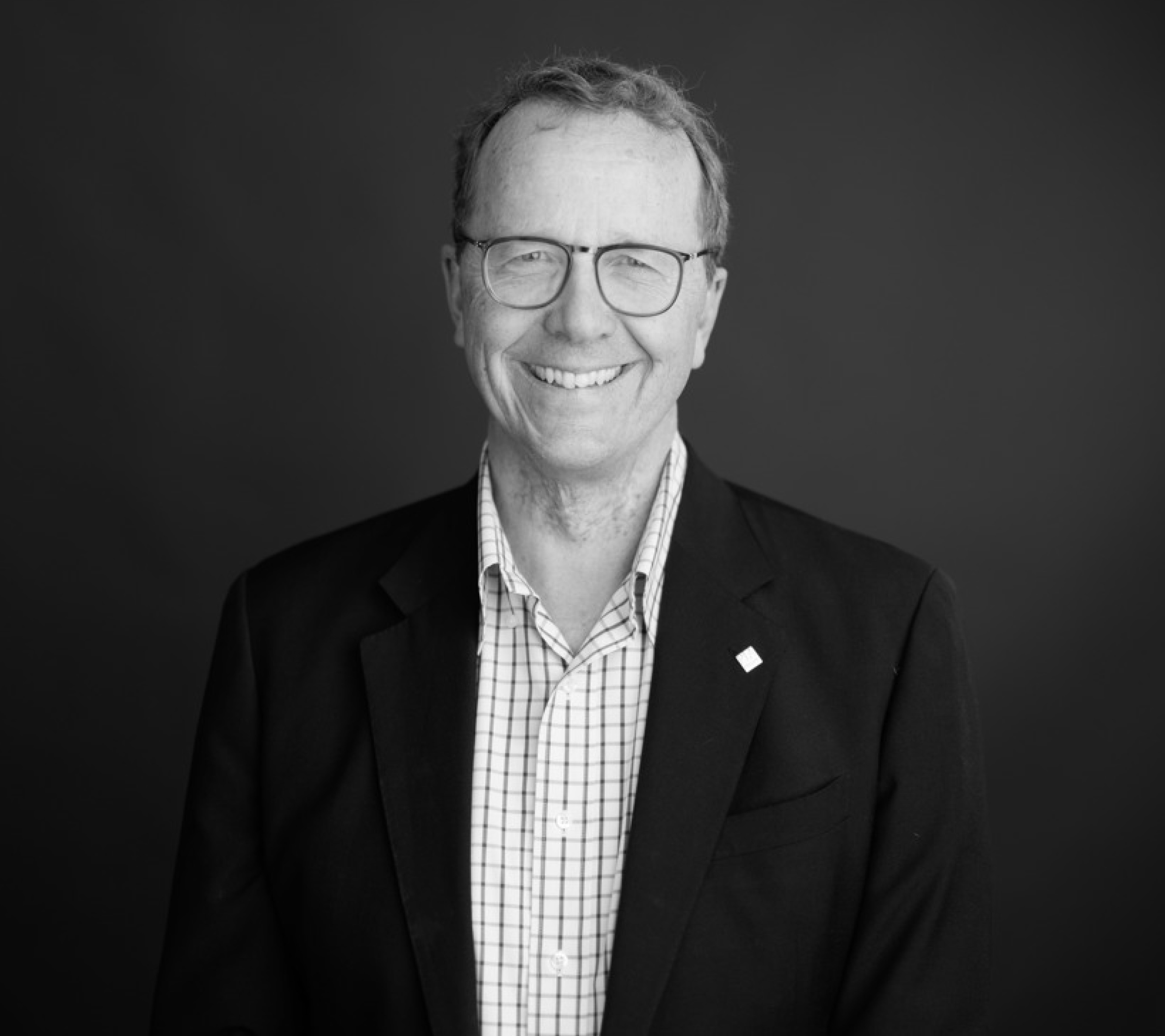Energy from Waste is well established in Europe, but the industry is only at the starting blocks in Australia
This technology, operating in over 500 plants in Europe, not only addresses the escalating problem of waste management but also contributes to the circular economy by producing a low carbon energy. EMM brings considerable experience in managing EfW projects through the NSW planning system.
EMM’s commitment to sustainability, coupled with our extensive experience in the waste management industry, has equipped us with invaluable knowledge and expertise. Associate Director and Energy Market Leader, David Snashall, shares his valuable insights from recent attendance at the Waste Expo Australia in Melbourne and the WMRR Energy from Waste (EfW) Conference in Sydney.
The need is acute
Some parts of Australia, notably Sydney, are facing a critical shortage of waste treatment capacity. Within 5-7 years Sydney’s only putrescible landfills will be at capacity, with no replacements in planning. Calculations indicate Australia needs 12-16 large scale EfW plants over coming decades.
Different states – different rates
Whilst Australia’s first two Municipal Solid Waste (MSW) fed EfW plants are under construction in Perth, the pace in other states is much slower. Victoria has approved three plants with one getting close to construction, whilst in both NSW and Queensland none have been approved, and major operators have withdrawn a number of project applications. The States have taken different policy approaches, with NSW defining a very few EfW precincts, all outside of Sydney. Victoria has adopted a cap approach, limiting the aggregate volume of MSW that can be treated with EfW. Similarly the different states regulate the byproducts of EfW (Incinerator Bottom Ash and Air Pollution Control residue) differently, which affects their reuse potential.
Social licence or public interest?
Gaining social licence for waste facilities is challenging, being a textbook unwanted land use. Perhaps the focus needs to be on the public interest, which would involve balancing important local issues with the broader community needs for critical waste infrastructure. In all cases the projects need rigorous environmental and social impact assessment.
What is needed to get this industry going in Australia?
Recognising the broader public interest and designating these projects as critical infrastructure under state planning laws might be one method to pave the way for achieving approvals for this much needed infrastructure. The following actions should also be considered:
- Using the two WA plants to demonstrate the acceptability of EfW to stakeholders
- Harmonising standards for EfW plants across states, ideally adopting the EU IED and BREF
- Hamonising standards for the reuse of IBA and APCr across states to assist in the establishment of this industry in Australia
_______________________________________

David Snashall
Associate Director | Energy Market Leader